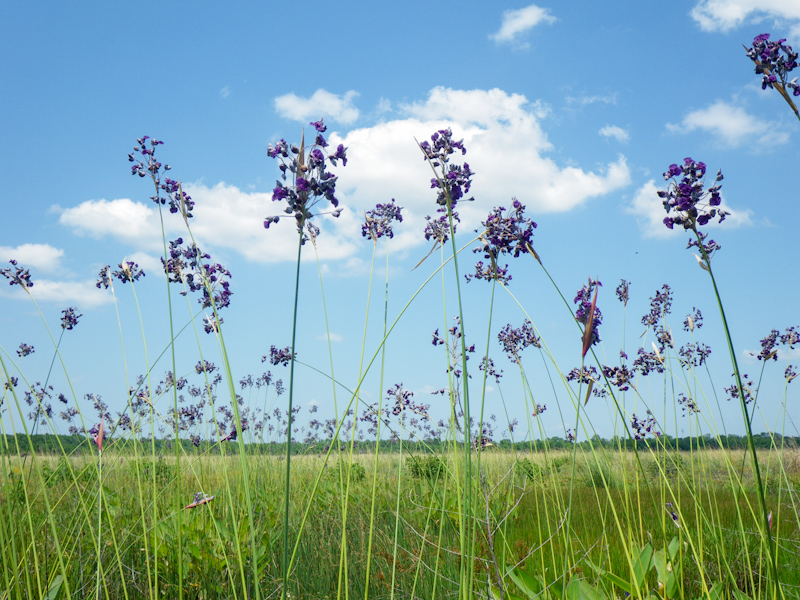SSPEED Center and Rice University
About the Proposed Lone Star Coastal National Recreation Area
In 2008, Hurricane Ike demonstrated how valuable undeveloped coastal land is for mitigating storm surge damage. Conservation of these open lands is one strategy to mitigation for future storm damage along the upper Texas coast. The Storm Prediction, Education, and Evacuation from Disasters (SSPEED) Center at Rice University, with funding from the Houston Endowment, has proposed a means to ensure this conservation in the form or the Lone Star Coastal National Recreation Area (LSCNRA).
The LSCNRA would encompass 1.6 million acres of low-lying portions of Matagorda, Brazoria, Galveston, and Chambers counties. The LSCNRA would bolster economic growth in the area by supporting a fast-growing economic trend in Texas: nature tourism. Nature tourism activities made possible by the LSCNRA would create new opportunities for bird watching, fishing, hunting, kayaking, hiking, biking, photography, and many other outdoor recreations for the people of our area and generate economic dollars from visitors.
Engaging Private Landowners
Seventy to 80 percent of the land proposed for LSCNRA is privately owned and currently used for agriculture. Many landowners in the region have decided against conservation easements, preferring to keep their options open. Likewise, they have decided against selling land to conservation organizations, as they wish to and keep multi-generation farms in the family.
Proposers of the LSCNRA realize if the LSCNRA is to become a reality, there will need to be economic opportunities for the landowner and incentives for implementing conservation and habitat restoration. Ultimately, LSCNRA proposal developers will need a solution that generates sufficient economic value to the landowner to make the conservation effort worthwhile. The Texas Coastal Exchange (TxCE) is the proposed mechanism to this end.
About the Proposed Texas Coastal Exchange
Landowners (as sellers in the market) would manage their land in a manner that increases bird and wildlife productivity, sequesters carbon, filters nutrients from water, removes air pollution, protects for coastal erosion, and/or in some other way that provides and ecological service. This management practice produces a quantified amount of credits for that service. Buyers in the market might be other landowners, businesses, pollutant dischargers, and developers who must compensate for activities that would reduce the ecological services of and off-site location or are interested in voluntary purchases for ethical or philanthropic reasons.
The TxCE is envisioned as an online trading platform that will facilitate the exchange of environmental benefits from willing landowners to interested buyers. Multiple ecological service markets currently exist which exhibit the value of this model: wetland mitigation banking, endangered species conservation banking, and carbon trading markets. TxCE would tailor payments and credits to specific goals such as flood mitigation, landscape-scale conservation, and nature tourism development.
Looking Toward the Future
The LSCNRA and the TxCE are still in the planning phases. However, landowners should stay informed of the TxCE development as it may someday provide economic incentive for conservation practices.
